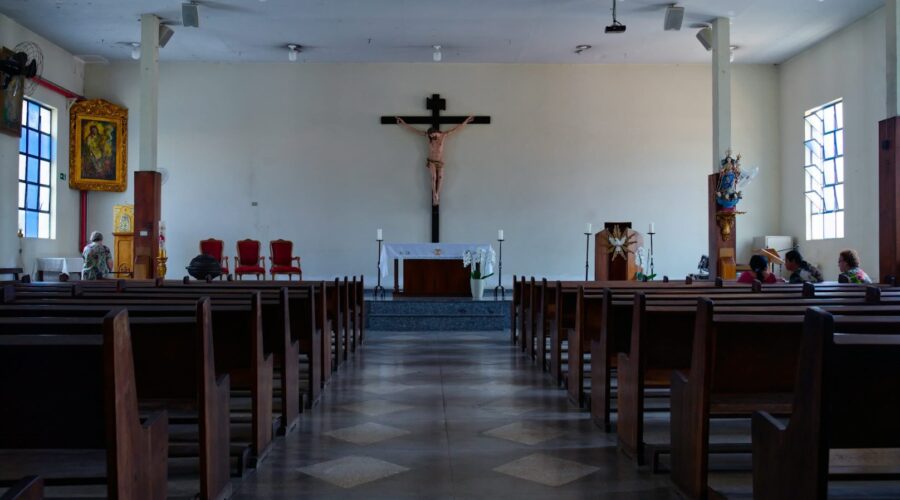Your cart is currently empty!
The Immaculate Conception Church: A Comprehensive Guide

The Immaculate Conception Church holds a significant place in the Catholic faith, celebrated as the day when the Virgin Mary was conceived free from original sin. This blog post delves into the historical, theological, and cultural aspects of the Immaculate Conception, providing a comprehensive guide to its meaning and significance.
Historical Background
The concept of the Immaculate Conception has its roots in early Christian writings, particularly in the writings of the Church Fathers. In the 4th century, St. Ambrose of Milan wrote about Mary’s “everlasting virginity,” implying that she was sinless from the moment of her conception.
The formal doctrine of the Immaculate Conception was not defined until much later. In 1854, Pope Pius IX issued the papal bull Ineffabilis Deus, which declared that Mary was “preserved from all stain of original sin from the first moment of her conception.” This declaration was based on the belief that Mary was necessary for the redemption of humanity from sin, and that she herself had to be pure and sinless to fulfill this role.
Theological Significance
The Immaculate Conception holds great theological significance for Catholics. It underscores the belief in Mary’s unique role in the plan of salvation. According to Catholic theology, Mary was conceived immaculately to prepare her for her role as the mother of Jesus Christ. Her sinless nature symbolized her purity and her ability to give birth to the Son of God.
The Immaculate Conception also reinforces the belief in the power of God’s grace. It demonstrates that God can work in individuals to overcome sin and to achieve holiness. Mary’s immaculate conception shows that even those who are born with the stain of original sin can be redeemed and made new through Christ.
Cultural Impact
The Immaculate Conception has had a significant impact on Catholic culture and art. It is celebrated as a feast day on December 8th in the Catholic Church. Many churches and cathedrals around the world are dedicated to the Immaculate Conception, and countless works of art depict this event.
The Immaculate Conception has also influenced Catholic spirituality and devotion. Mary is often invoked as the patroness of those who are struggling with sin or who are seeking purity. Many Catholics pray to her for guidance and protection, believing that she intercedes for them before God.
Artistic Representations
The Immaculate Conception has been a popular subject in Christian art for centuries. Artists have depicted Mary in various ways, often emphasizing her purity, grace, and beauty. Some of the most famous representations include:
- Raphael’s “Madonna of the Goldfinch”
- Botticelli’s “Madonna of the Magnificat”
- Bernini’s “Ecstasy of St. Teresa”
- Murillo’s “Immaculate Conception of the Venerable Order of Calatrava”
Conclusion
The Immaculate Conception is a complex and multifaceted doctrine that holds great significance for Catholics. It is a reminder of Mary’s unique role in the plan of salvation, the power of God’s grace, and the possibility of human holiness. The Immaculate Conception continues to inspire and guide Catholics in their faith and devotion.